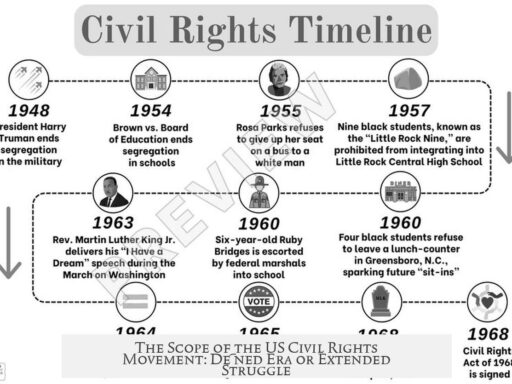The Japanese wartime view of the USS Enterprise generally did not focus on the ship as a unique entity. Instead, Japanese attitudes prioritized the broader threat posed by American aircraft carriers during World War II. The USS Enterprise was seen as one among many carriers rather than as a specific, singular target of great importance.
Most Japanese civilians and lower-ranking military personnel had limited knowledge about individual ships. Their awareness centered on general ship types rather than names or distinct histories. Naval officers and higher military ranks were more aware of ship classes and capabilities, but even they rarely emphasized the USS Enterprise as separate from other carriers.
Japanese analysts and strategists viewed the destruction of any American aircraft carrier as a significant tactical gain. They did not prioritize sinking the USS Enterprise over others like the Yorktown or St. Lo. The focus was on reducing the U.S. Navy’s carrier strength overall. This approach reflected the practical military thinking that weakening American carrier power could shift balance in the Pacific theater.
The chaotic nature of naval combat further complicated identification. Both Japanese and American sides struggled to correctly identify specific ships during battles. In fact, discrepancies in battle reports sometimes led to false claims about sinking ships that were not present in the combat zone. This confusion diluted attention toward specific ships such as the Enterprise.
- Average Japanese people had little knowledge of specific ships during the war.
- Japanese forces referred to carriers broadly rather than by individual names.
- Sinking any U.S. carrier was tactically valuable; specific target prioritization was minimal.
- Battlefield identification of ships was often inaccurate and confused parties.




